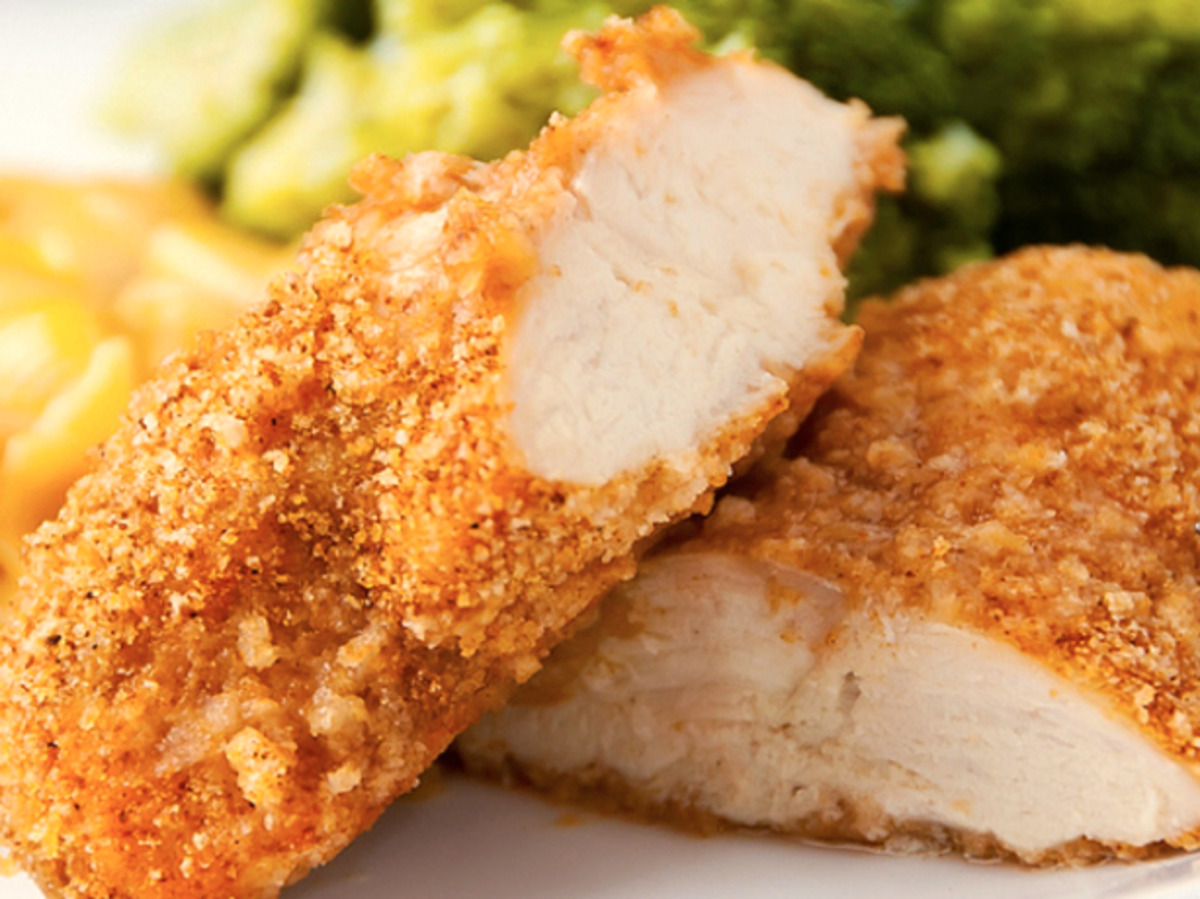
Bibimbap is a classic Korean mixed-rice dish. In traditional bibimbap, a large serving of rice is placed in the center of a hot bowl and surrounded with small amounts of meat - usually beef - and seasoned vegetables that include a mixture of cultivated vegetables (cucumber, carrot, daikon or turnips, spinach, lettuce, mushrooms) and wild items like fiddlehead ferns and reconstituted dried toraji (bellflower roots). A fried egg is often placed on top of the rice, and diners stir everything together. This recipe breaks with traditional bibimbap by using brown rice (you could also use barley, quinoa or another grain of your choice). As for the winter squash and spinach? The recipe is a template: use whatever vegetables you like.
Provided by Martha Rose Shulman
Time 1h30m
Yield 4 servings.
Number Of Ingredients 28
Steps:
- Marinate the beef. Mix together the soy sauce, sesame oil, sesame seeds, garlic, ginger, scallions and pepper and toss with the sliced beef. Refrigerate for 30 minutes.
- Mix together the rice vinegar, sesame oil, garlic, scallions, sesame seeds and salt to taste in a small bowl or measuring cup. Add red pepper paste if desired. Set aside.
- While the beef is marinating, toss the cucumber with salt to taste and place in a colander in the sink for 15 to 30 minutes. Rinse and squeeze dry. Place in a bowl and toss with 2 teaspoons of the vinegar and sesame oil mixture. Set aside in the refrigerator.
- Steam the squash over an inch of boiling water until tender, about 10 minutes. Remove from the heat and toss in a bowl with 1 tablespoon of the vinegar and sesame oil mixture. Add salt or soy sauce to taste.
- Wash the spinach and wilt in a large frying pan over high heat. Remove from the heat, press out excess water and toss in a bowl with 1 tablespoon of the vinegar and sesame oil mixture.
- Heat a wok or large, heavy skillet over medium-high heat until a drop of water evaporates immediately on contact. Add the canola oil. Stir-fry the beef for 3 to 5 minutes, until lightly browned, and remove to a plate. Add the shiitakes to the pan, let sit without stirring for 1 minute, then stir-fry for another minute or two, until tender. Remove to a plate.
- Fry the eggs in the hot pan or in a separate nonstick skillet until the whites are set and the yolks are still runny. Season with salt and pepper.
- Heat 4 wide soup bowls. Place a mound of hot grains in the middle of each one and surround with the meat and vegetables, as well as kimchi if desired, each ingredient in its own little pile. Place a fried egg and a small spoonful of chili paste on top of the rice and garnish with the toasted nori and sesame seeds. Serve at once. Diners should break the egg into the rice. Pass the chili paste and add more as desired.
Are you curently on diet or you just want to control your food's nutritions, ingredients? We will help you find recipes by cooking method, nutrition, ingredients...
Check it out »
You'll also love








Dj SABA
saba_dj33@gmail.comThis recipe was a disaster! The rice was undercooked and the vegetables were mushy.
rahmeen umair
ru@gmail.comThis bibimbap was a bit bland for my taste. I think I'll add some more gochujang next time.
Amar King
a-king@aol.comI love how customizable this recipe is. I added some extra vegetables and it turned out great.
Viraj Yatiwalle
virajy62@yahoo.comThis recipe was a bit too time-consuming for me, but it was worth it in the end. The bibimbap was delicious!
Suzette B
s-b@yahoo.comI've never had bibimbap before, but this recipe was a great introduction. It was easy to make and very tasty.
MOHAMMAD HAFEEZ
m40@aol.comThis bibimbap was delicious! The flavors were perfect and the vegetables were cooked to perfection.
Primrose Angel
primrose_a36@hotmail.co.ukI thought this recipe was just okay. The beef was a bit tough and the vegetables were bland.
Wiley Upshawsr
wiley@gmail.comThis bibimbap was a great way to use up leftover rice and vegetables. It was also really easy to make.
Hridx 777
h43@aol.comThis recipe was a bit too spicy for me, but my husband loved it. I think I'll try making it again with less gochujang next time.
Themba Dlamini
dlamini.t94@gmail.comThis bibimbap was amazing! The beef was so tender and the vegetables were cooked perfectly. I will definitely be making this again.
Noman Ghani
ghanin83@yahoo.comI love this recipe! It's so versatile and you can use whatever vegetables you have on hand.
Zafran Swati
zafran.s92@yahoo.comThis was my first time making bibimbap and it was a success! The recipe was easy to follow and the dish turned out delicious.
Arsalah Durrani
durrani62@gmail.comI've made this recipe several times and it's always a crowd-pleaser. The combination of flavors and textures is perfect.
Irshad Shar
s-i72@gmail.comThis bibimbap was delicious and easy to make. I used ground turkey instead of beef and it turned out great. I also added some shredded carrots and bean sprouts.
Sandra Garza
sandra.g@yahoo.comI made this recipe last night and it was amazing! The flavors were incredible and the vegetables were so fresh. I will definitely be making this again.
Saifalam Alam
a_saifalam@hotmail.comThis bibimbap recipe was a hit with my family! The beef was tender and flavorful, and the vegetables were perfectly cooked. The sauce was also delicious and added a nice tang to the dish.